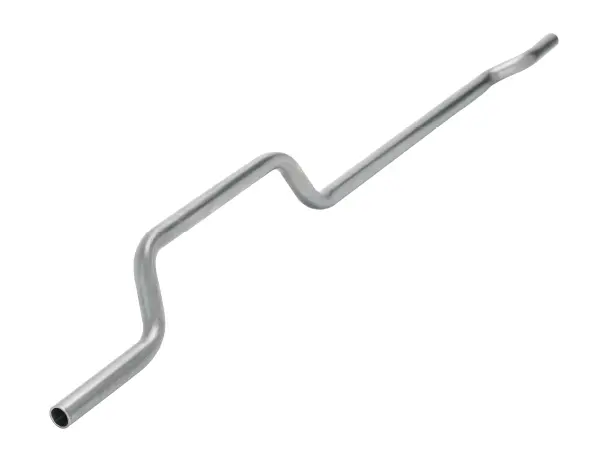
Steel Tubes for Structural Purposes An Essential Element in Modern Construction
Steel tubes are fundamental components in the modern construction and engineering landscape. They are used extensively in various structural applications, providing remarkable strength, durability, and versatility. This article explores the significance of steel tubes in structural purposes, their manufacturing processes, types, and advantages, as well as their contributions to sustainable building practices.
Understanding Steel Tubes
Steel tubes, or hollow steel sections, are cylindrical tubes made from various grades of steel. They are produced through several methods, including seamless and welded techniques. Seamless tubes are crafted by piercing solid steel billets, resulting in a strong and resilient product free from weld weaknesses. Conversely, welded tubes, made by joining steel plates, are equally robust but less expensive to manufacture.
The versatility of steel tubes allows for a wide range of applications. They are used in everything from residential and commercial buildings to bridge construction, manufacturing equipment, and oil and gas pipelines. Their ability to withstand significant loads and resist environmental factors makes them an ideal choice for structural purposes.
Types of Steel Tubes
There are two primary types of steel tubes utilized in structural applications rectangular and circular.
1. Rectangular Steel Tubes These tubes are often used in structural frames, providing excellent strength-to-weight ratios. They are favored for their ability to resist bending and torsion, making them suitable for beams, columns, and trusses.
2. Circular Steel Tubes Circular tubes are widely used in applications requiring strong tensile and compressive strength. They are frequently employed in the construction of towers, scaffolding, and various framework systems.
Both types of steel tubes can be coated or treated to enhance corrosion resistance, ensuring longevity and reducing maintenance costs.
Advantages of Using Steel Tubes

Steel tubes boast several advantages that make them an indispensable choice for structural applications.
- Strength and Durability Steel has a high tensile strength, enabling it to bear heavy loads and withstand external forces such as wind and seismic activity. This durability extends the lifespan of structures, reducing the frequency and cost of repairs.
- Lightweight Compared to other materials like concrete, steel tubes are significantly lighter while maintaining comparable strength. This lightweight feature facilitates easier transportation and installation, leading to faster construction timelines.
- Flexibility and Versatility Steel tubes can be fabricated into various shapes and sizes to meet specific design requirements. Their adaptability makes them suitable for an array of architectural styles and engineering solutions.
- Recyclability Steel is one of the most recycled materials globally. Using steel tubes in construction contributes to sustainability goals, as they can be reused and recycled with minimal degradation of quality.
Contribution to Sustainable Building Practices
As the construction industry increasingly embraces sustainability, steel tubes play a pivotal role in supporting eco-friendly building practices. By integrating steel tubes, builders can design structures that use fewer materials without compromising strength or safety, thereby minimizing waste. Additionally, steel tubes can be manufactured from recycled materials, further reducing energy consumption and carbon emissions associated with new steel production.
Moreover, the longevity and resilience of steel structures translate into energy-efficient buildings with lower life-cycle costs. In a world that increasingly values sustainable practices, the role of steel tubes in structural applications highlights their importance in creating environmentally conscious construction solutions.
Conclusion
In conclusion, steel tubes for structural purposes are essential elements in modern construction, providing strength, versatility, and sustainability. Their ability to meet the demands of various structural applications has made them a preferred choice among engineers and architects. As the construction industry continues to evolve, the use of steel tubes will undoubtedly remain at the forefront, contributing to innovative building solutions that are both efficient and sustainable. The future of construction is bright, and steel tubes will play a central role in shaping it.